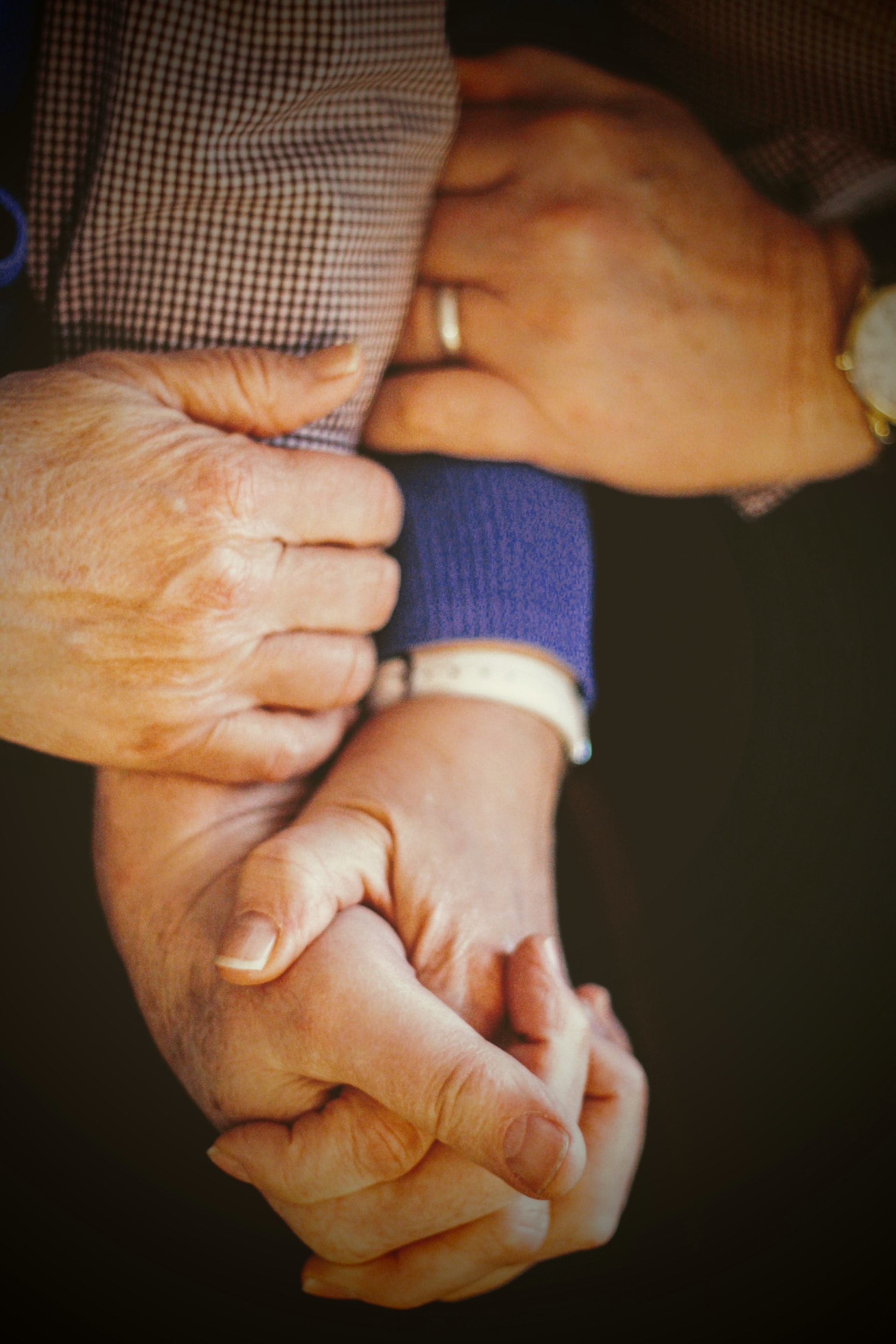As a parent it is one of your duties is to help your child how to behave. This is a task that requires the time as well as patience. It is, however, beneficial to understand the most efficient and healthy strategies for discipline.
Here are some helpful tips that come from American Academy of Pediatrics (AAP) about the best strategies to help your child develop acceptable behavior throughout their development.
10 Healthy Discipline Strategies That Work
The AAP offers positive strategies for discipline which effectively help children control their behavior and protect them safe while encouraging healthy growth. They include:
Show and explain. Learn to teach children the right way by using calm words and actions. Show the behaviors you want to see in your children.
You need to know how to tackle a situation. For example, What will you do if your child is refusing to go to school? You can read this article by Dailyreuters about ways to stop your child from refusing to go to school.
Set boundaries. Have clear and constant rules your children will be able to adhere to. Make sure to discuss these rules in appropriate language that they understand.
Provide consequences. Relax and clearly communicate the consequences in case they fail to behave. For instance, you can tell your child that, if she fails to clean up her toys and place them in the garbage throughout the day. Make sure you follow through immediately. Don’t be tempted to give them back in a couple of minutes. Remember, don’t remove something that your child absolutely requires, like food.
Take note of them. Listening is essential. Allow your child to finish the story before helping to solve the issue. Be aware of instances when behavior is a regular pattern, for example when your child feels insecure. Talk to your child about this instead of just assigning consequences.
Pay attention to them. The most powerful method of effective discipline is the ability to focus attention. This can help reinforce good behavior and discourage others from doing the same. Keep in mind that all children want to be the center of attention for their parents.
Make sure you catch them being positive. Children need to be aware of the times they commit something wrong, and when they are doing something positive. Be aware of good behavior and call it out, while praising the achievements and positive efforts. Be specific (for instance, “Wow, you did a good job putting that toy away! “).
Be aware of when to react. As long as your child doesn’t do anything risky and receives plenty of attention for his good behavior, not focusing on unacceptable behavior could be an effective means to stop it. By ignoring the bad behavior, you can teach children the consequences for their actions. If, for instance, your child continues to drop her cookies with a purpose the next time, she’ll will have nothing left to consume. If she throws or the toy breaks then she won’t be in a position use it. It won’t be long before she is taught not to throw her cookies or be cautious when playing when playing with toys.
Also Read: Mindful Parenting- How to Implement It the Right Way
Make yourself ready for any trouble. Prepare for the scenarios in which your child may have difficulty acting appropriately. Make sure they are prepared for the upcoming events and the way you would like your child to conduct themselves.
Redirect any bad behavior. Sometimes , children behave inappropriately because they’re bored or don’t understand better. Find another activity for your child to be doing.
Use Time-out. The use of a time-out is particularly useful when a particular rule has been breached. This tool for discipline works best by telling children that they’ll be punished when they continue to ignore the warning and reminding them of that they’ve done something wrong with only a few words, and without emotion and then removing them from the scene for a specified amount of duration (1 minute for each year old is an ideal guideline). For children at least three years old You can let your children take charge of their own time-out rather than setting an alarm. It is as simple as saying, “Go to time out and come back when you feel ready and in control. “ This method, which helps children develop and master self-management techniques, also works well for older children as well as teenagers.

| Spanking and Harsh Words are Harmful and Don’t Work. Here’s Why: It is the AAP declaration of policy ” Effective Discipline to Raise Healthy Children,” explains the importance of focusing in teaching proper behavior, rather instead of punishment for unacceptable behavior. Studies show that corporal punishment or slapping, as well as other types of physical punishment do not work effectively to change the behavior of a child. Similar is the case when it comes to yelling or shaming children. Apart from being ineffective punishments, severe verbal and physical punishments could also harm the long-term mental and physical health. It’s a harmful cycle. The AAP recommends parents and caregivers to avoid hitting or smacking children. Instead of teaching self-control and responsibility and self-control, it can cause more anger and aggression among children. An investigation among children from 20 major U.S. cities revealed that families who employed physical punishments were caught in a vicious cycle in which the more children were punished in the past, the more often they behaved badly, which led to more spankings as a response. The consequences of spanking may be felt outside of the parent-child bond. Since it shows that it’s okay if you’re angry, even with people you like. Children who have been spanked might become more likely lash out at others when they aren’t getting what they want. Permanent marks. Physical punishment increases the risk of injuries, particularly for children who are younger than 18 months old, and could leave other marks on the body and brain. Children who are punished with spanking show increased levels of hormones that are linked with the stress of toxic. Physical punishment can also impact the development of the brain. A study revealed that young adults who had been repeatedly slapped had less gray matter, the portion of the brain responsible for self-control. They also scored less well in IQ tests for young adults than the group that was treated as control. Violence against children: What words cause harm. Yelling at children and using words to create emotional distress or shame is detrimental and ineffective. In fact, harsh verbal discipline even from parents who are warm and caring is likely to cause more issues with mental health and misbehavior among children. Research indicates that brutal verbal discipline, that is more prevalent as children grow older can lead to increased behavioral problems and signs of depression among teens. |
|---|
Learn from mistakes — including your own
Be aware that as an adult, you are able to allow yourself to take a break when you feel like you are uncontrollable. Make sure that your child is in a secure location, then allow yourself some time to breathe deeply and relax or talk to an acquaintance. If you feel better, return towards your baby, hold one another, and begin again.
Also Read: 8 Proven Techniques for Parents to Prioritize Their Mental Health During the Pandemic
If you don’t manage a situation correctly the first time around, don’t get too worried about it. Take a look at how you can improve your approach, and then try to make it better in the future. If you believe you’ve made a mistake in the instant be patient and calm down and apology to the child and tell them how you plan to take care of the incident at a later time. Make sure you keep your word. This provides your child with an ideal model for how to come back from mistakes.

Healthy & Effective Discipline Tips by Age/Stage
| Infants | Children learn through watching how you behave and so show them the behaviour you would like to see.Use positive words to help guide your child. For instance, you could say “Time to sit,” instead of “Don’t stand up. “Use the word, “no,” to deal with the most pressing matters, such as safety. Reduce the need to use the word “no” by placing dangerous or tempting objects away from the reach of.The idea of removing and replacing a risky or prohibited object with one that’s safe for children to use is an excellent approach at this time.Every child, even babies require consistent discipline. So, talk to your family members, your partner as well as your child care providers to establish the basic rules that everyone must follow. |
|---|---|
| Toddlers | Your child is beginning to realize what’s appropriate and what’s not. However, they might play around with regulations to observe how you respond. Take note of and praise actions you appreciate and avoid those you would like to dissuade. Switch to another exercise if you feel it is necessary. Tantrums are more frequent when your child is struggling to overcome new situations and skills. Consider the triggers for tantrums, such as feeling hungry or tired and assist in calming off tantrums with well-timed food and naps. Train your child to not attack, bite or engage in other violent behaviors. Be a role model for nonviolent behavior by not spanking your child and by resolving conflicts with your child with respect and in a manner that is constructive. Stay consistent in enforcing limits. Consider short time-outs when needed. Accept the conflict between siblings but do not take sides. For instance when a dispute arises over a toy, the toys can be put away. |
| Preschool Age | Preschoolers struggle to figure out how and why things function and what impact their actions can have. As they develop a sense of appropriate behavior, they should keep testing the boundaries of their parents and siblings.Begin to assign an appropriate age for chores such as putting away their toys to the side. Set clear, step-by step directions. Recognize them with praise.Let your child select from a variety of acceptable choices by redirecting them, and setting appropriate boundaries.Train the child how to behave towards other children with the respect she would like treated.It’s fine to get angry from time to time However, you shouldn’t cause harm or damage to someone else’s property. Learn to help them handle anger with a positive attitude, for example, speaking about the issue.To settle conflicts, you can use the timeout method or eliminate the cause of conflict. |
| Gradeschool-Age Children | Your child is starting to develop an understanding of what is what is right and wrong. Discuss the choices they face in challenging circumstances, what are the options that are good and bad and what could happen following based on the way they choose to behave.Discussion about expectations of the family and the reasonable consequences for breaking the rules of the family.Create a balance of the two, and allow children more rights in the event that they adhere to guidelines for good behavior.Continue to model and teach patience and concern towards others.Do not let anyone or yourself punish others with physical force. If you reside in a region where corporal punishment is permitted in the schools, you are entitled to the right to state that your child should not be punished with spanking. |
| Adolescents & Teens | As your child develops independent decision-making capabilities It is important to keep a balance between unconditional support and love with clear expectations as well as rules and boundaries.Always show lots of love and affection. Spend time every throughout the day to chat. Young people tend to make healthier decisions when they remain close to their family members.Meet your teenager’s peers and discuss the importance of the importance of having respectful and responsible relationships with them.Be sure to acknowledge your child’s effort as well as their achievements and successes in their activities–and what they aren’t doing. Encourage them to refrain from smoking cigarettes, tobacco alcohol, tobacco, or any other substances. Make a positive example by your personal responsible consumption of alcohol as well as other substances. |


